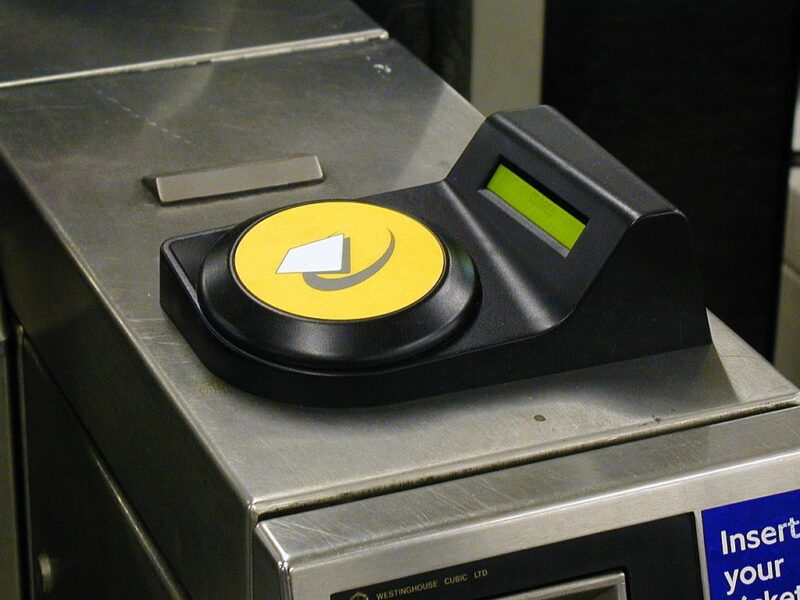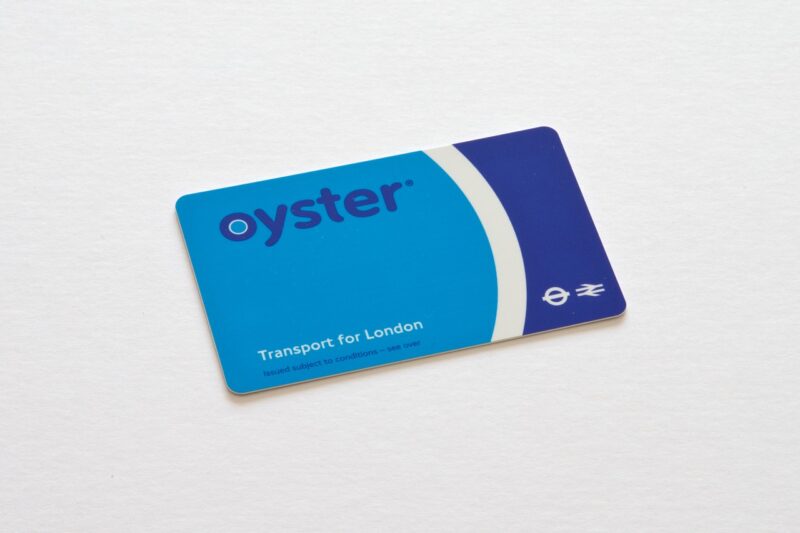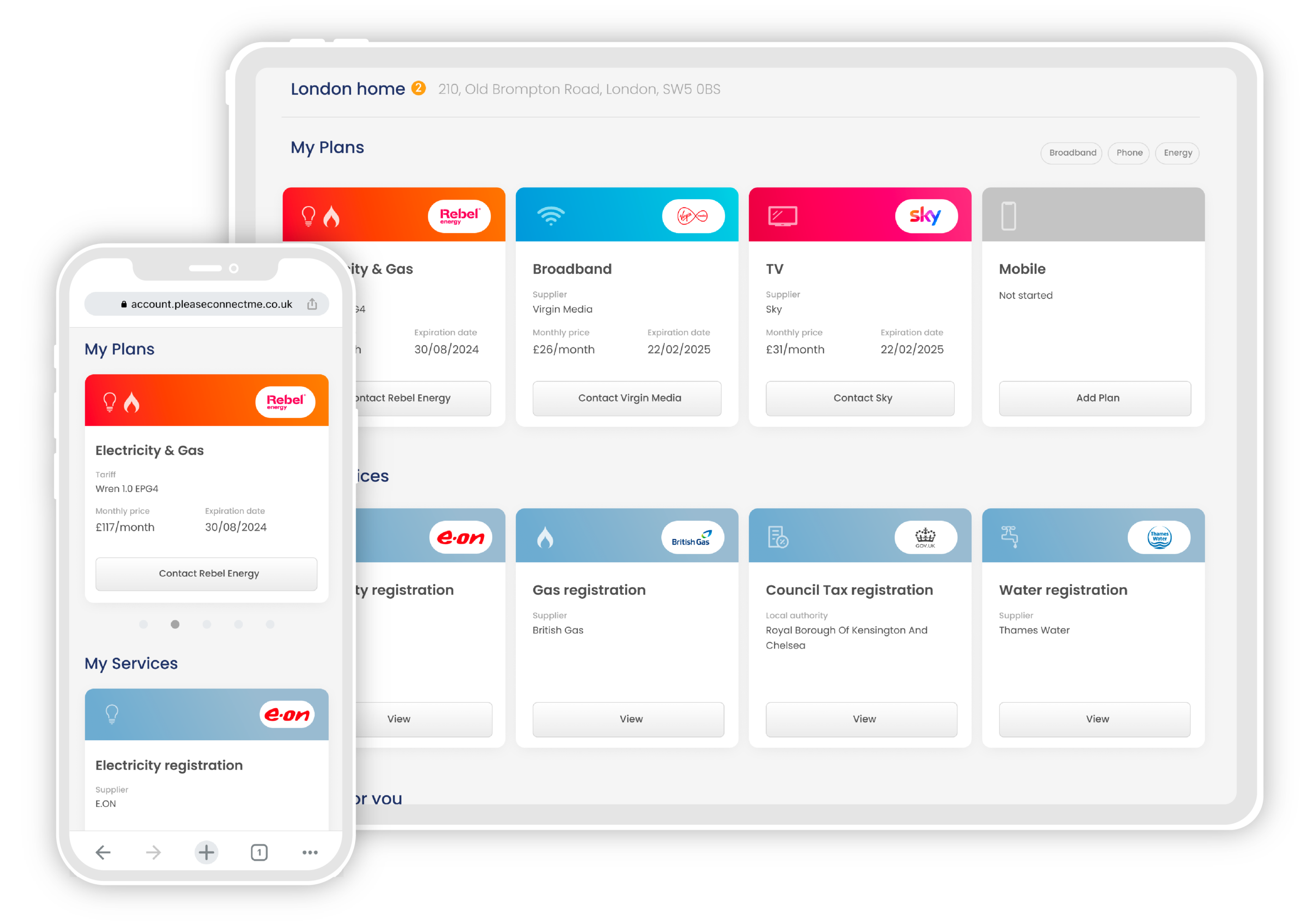If you’re moving to London, or if you’ve just arrived, you’ve probably heard people talking about their Oyster card.
While they used to be essential for every Londoner’s wallet, Oyster cards are becoming less frequent. However, some people can still save by using Oyster. Find out more about what Oyster cards are, how to get one and whether you should below.
What is an Oyster card?
An Oyster card is a contactless payment card accepted on London public transport. That includes the tube, trams and buses, as well as most trains and Elizabeth Line stations and the IFS Cloud Cable Car and Thames Clippers River Bus.
You top up your card with credit ahead of time, then when you begin your journey you tap your card and the entrance to pay. You’ll either be charged a fixed fare for your journey or tap out at the end to be charged.
There’s a daily cap on Oyster fare that depends on the zones you travel through. Once you hit this cap your travel for the rest of the day is free.

Look out for yellow Oyster card readers to tap in and out at stations and on buses. Image credit: Tom Page, Licence CC 2.0.
Where does the name ‘Oyster’ come from?
There are a few urban legends about the name of the Oyster card, including that ancient Romans used to pay for journeys with Oyster shells, but the truth is a bit more mundane.
Transys, the consortium that developed Oyster cards, chose the name from a shortlist to represent the values they wanted people to associate with the cards. Safety and security, like an oyster’s tough shell, London, with its oyster beds in the Thames, and travel, like the phrase ‘the world is your oyster’.
Other shortlisted names were Gem and Pulse!
Do I need an Oyster card?
Oyster cards used to be the simplest and cheapest way to travel in London, but they have begun to be superseded by contactless payment cards.
If you have a contactless debit or credit card, or contactless payment on your phone, you can use these to pay in the same way as Oyster. The same price cap applies, and most prefer the convenience of not having to add credit to the card.
However, there are some groups that can benefit from using Oyster over other contactless cards.
If you are under the age of 30, or if you have a disability or a veteran or member of the armed services, you can apply for a rail discount card for 30% of your journeys. You can link this to an Oyster card to start saving on your train and tube rides.
Read more about railcard savings in our ‘First things to do in London’ guide.
How to get an Oyster Card
An Oyster card costs £7. You can buy one at any London tube or train station from the ticket office or a machine with the Oyster symbol, and at some DLR and Elizabeth Line stations. Once you have a card, you can also use these machines to add credit.
You can also buy and top-up Oyster cards at many corner shops and Newsagents, just look for the Oyster Ticket Stop logo displayed in the window.
Once you have a card, you can add credit online, through the TFL app or anywhere that you can buy a card.
So, should you get an Oyster card? It’s not the London necessity it used to be, and most people will be just fine paying with contactless. However, if you don’t have a contactless card or you could save with a Railcard then an Oyster card will help make travelling around the capital easier and cheaper.
Read more about moving to the UK:













